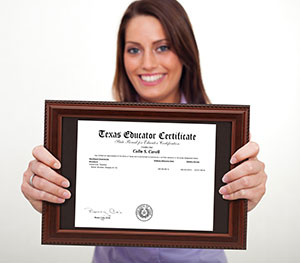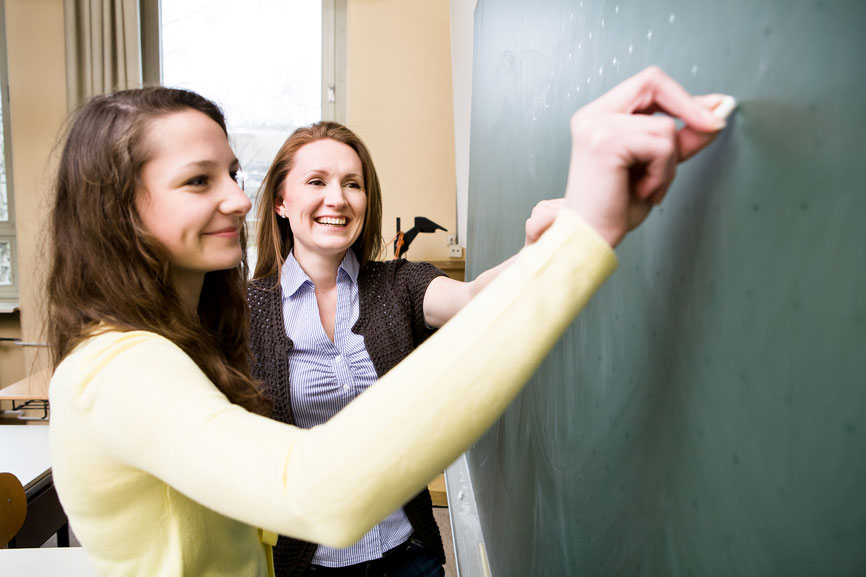Avoiding Plagiarism
Plagiarism is a difficult concept to define. There are differing definitions and a general misunderstanding of what does and does not constitute plagiarism. Students can be taught specific techniques and guidelines that will assistant them in avoiding plagiarism. Part of avoiding plagiarism is understanding the definition. Plagiarism is using other people’s words or ideas without giving them proper credit. A few tips in avoiding plagiarism for teachers are listed below.
- Teachers should emphasize the process involved in research and writing papers. Ways to do so include requiring topic proposals, idea outlines, multiple drafts, working bibliographies and photocopies of sources used.
- Teachers model and require students to engage and apply ideas, not just describe or regurgitate ideas.
- Teachers require students to reflect personally on the topic of research and writing. This can be done as part of the paper or in an additional writing assignment.
- Discuss plagiarism with your students, what it is, and your policies about it. The more students understand plagiarism, the more the students will understand avoiding plagiarism.
Specific strategies for avoiding plagiarism for students:
- Put in quotations everything that comes directly from the text. This should be done especially in the note-taking process so there are no questions later as to how it was worded in the source.
- When paraphrasing, be sure you are not just rearranging or replacing a few words. A technique to avoiding plagiarism in this instance is to read over what you want to paraphrase carefully. Then, cover up the text with your hand or close the book so you are not tempted to peek, and write out the ideas in your own words.
- Check your paraphrasing against the original text to check that you have not used the same key words or phrases, and that the information is accurate.
Many students have the idea that avoiding plagiarism can be as simple as adding quotation marks and citing a source on a works cited page. However, they need to be aware that avoiding plagiarism takes much more diligence and effort on the part of the student. Avoiding plagiarism requires the researcher to keep accurate and organized notes from sources. Students often have the most difficulty understanding how taking someone else’s ideas can be plagiarism. A source does not need to be cited if the information is considered common knowledge.
Determining common knowledge on a subject has to meet one of three requirements:
- You find the same information documented in at least 5 other sources
- You think the information is something your readers already know
- You think a person could easily find the information with general reference sources.










